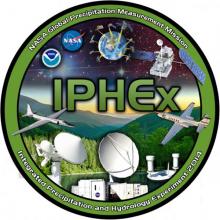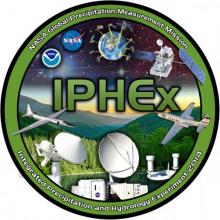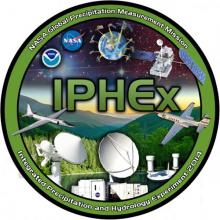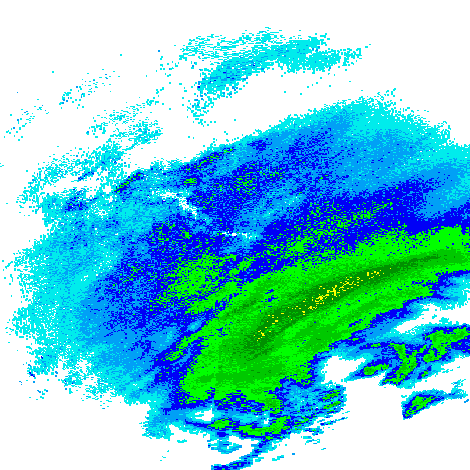The Light Precipitation Evaluation Experiment (LPVEx) took place in the Gulf of Finland during September and October, 2010. Microphysical properties, associated remote sensing observations, and coordinated model simulations of high latitude precipitation systems to drive the evaluation and development of precipitation algorithms for current and future satellite platforms were collected. LPVEx consisted of coordinated aircraft flights within an extensive network of ground-based observations that included three dual-polarization, C-band, Doppler radars, a network of surface weather and sounding stations, several micro-rain radars, and surface rainfall and drop size distribution (DSD) measurements from a large number of rain gauges and disdrometers. LPVEx was a collaborative effort between CloudSat, the GPM Ground Validation (GV) program, the Finnish Meteorological Institute (FMI), Environment Canada (EC), the United Kingdom National Environmental Research Council, Vaisala Inc., and the University of Helsinki (UH). The GHRC is the archive and distribution center for data collected during the LPVEx experiment.
 The Global Hydrology Resource Center (GHRC) published the GPM Ground Validation Rain Gauges NASA ACHIEVE IPHEx dataset which includes data from the OSi Optical Rain Gauge (ORG815) and a standard tipping bucket rain gauge.
The Global Hydrology Resource Center (GHRC) published the GPM Ground Validation Rain Gauges NASA ACHIEVE IPHEx dataset which includes data from the OSi Optical Rain Gauge (ORG815) and a standard tipping bucket rain gauge.

 The Global Hydrology Resource Center (GHRC) published
The Global Hydrology Resource Center (GHRC) published  The Global Hydrology Resource Center (GHRC) has published three Global Precipitation Measurement (GPM) Ground Validation datasets from the Integrated Precipitation and Hydrology EXperiment (IPHEX) field campaign held in North Carolina from May 1, 2014 through June 14, 2014.
The Global Hydrology Resource Center (GHRC) has published three Global Precipitation Measurement (GPM) Ground Validation datasets from the Integrated Precipitation and Hydrology EXperiment (IPHEX) field campaign held in North Carolina from May 1, 2014 through June 14, 2014. The Global Hydrology Resource Center (GHRC) has published seven ground-based radar datasets in the Global Precipitation Measurement (GPM) mission Ground Validation (GV) collection for the GPM Cold-season Precipitation Experiment (GCPEx) which occurred in Ontario, Canada. These data were collected from seve
The Global Hydrology Resource Center (GHRC) has published seven ground-based radar datasets in the Global Precipitation Measurement (GPM) mission Ground Validation (GV) collection for the GPM Cold-season Precipitation Experiment (GCPEx) which occurred in Ontario, Canada. These data were collected from seve



